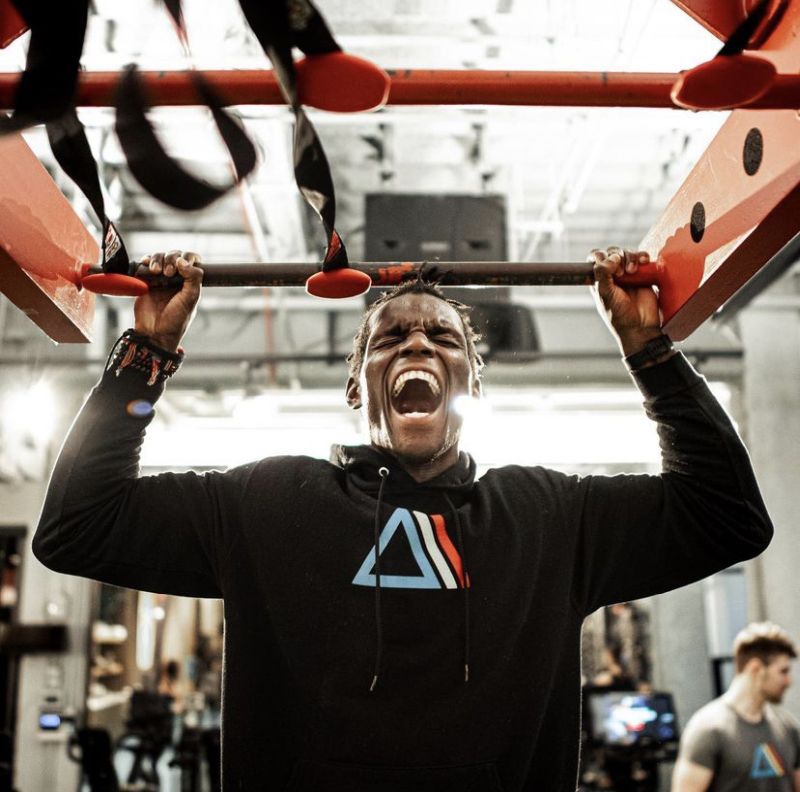![]()



Pull-ups are one of the best exercises you can do for upper body strength. It’s a functional exercise that works out your back, shoulders, arms, and core. Pull-ups aren’t an easy exercise, but if you can do them, they are very effective and beneficial, and you can do them almost anywhere, as long as you have something to pull up on.
First, it’s important to learn how to do pull-ups correctly because you want to optimize use of the proper muscles and also prevent possible injury due to poor form . . .
How to do a basic pullup
- Start with your palms facing away from you, place your hands shoulder-width or a little more than shoulder-width apart on the bar.
- Starting from the bottom of the pull-up, make sure your arms are straight and your shoulder blades are pulled down in order to get tension in the back.
- Start to pull up as you bend your arms and bring your shoulder blades together.
- At the top of the pull-up, bring your chin above the bar and try to get your chest as close to the bar as possible while still squeezing your shoulder blades close together.
- When you begin to lower down, maintain control instead of dropping down into starting position.
Note: You can do pull-ups with your legs crossed or straight. Most people will find that crossing your legs is easier to control.
Most common mistakes
- Make sure you do the full range of motion during the pull-up, not just one part of it (for example, only lowering halfway way down).
- Maintain control during the whole exercise; on the way up AND on the way down. Don’t just fall down. Use your core to remain stable.
- Avoid rounding your shoulders because 1. You won’t be using your muscles correctly and 2. Rounded shoulders can lead to muscle imbalance and injury.
- Although you can adjust how far apart or close together your hands are placed, having your grip too wide will force your elbows to go to the side, which can lead to injury.
- Try to keep your neck as neutral as possible and don’t strain it as you try to get your chin above the bar.
- Don’t swing your legs for momentum to get to the top of the pull-up.
The fun thing about pull-ups is that once you feel like you’ve mastered them, you can always add variations to change up what muscles you work out or make it more challenging. Even something as small as changing your grip (palms facing toward you, palms facing each other), can work out different arm and back muscles. Some more advanced variations to pull-ups are L-sit pull-ups, weighted pull-ups, etc.
And if you’re just starting out, you can work your way up by doing assisted pull-ups with resistance bands or using an assisted pull-up machine which pretty much does the same thing. There are also other progressions that you can look up to build up strength for doing a full pull-up. Just make sure that you do a proper warm-up by stretching out your shoulders and arms before jumping into it!